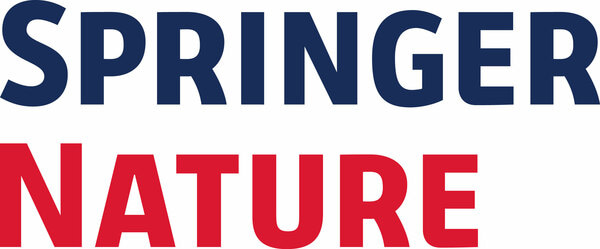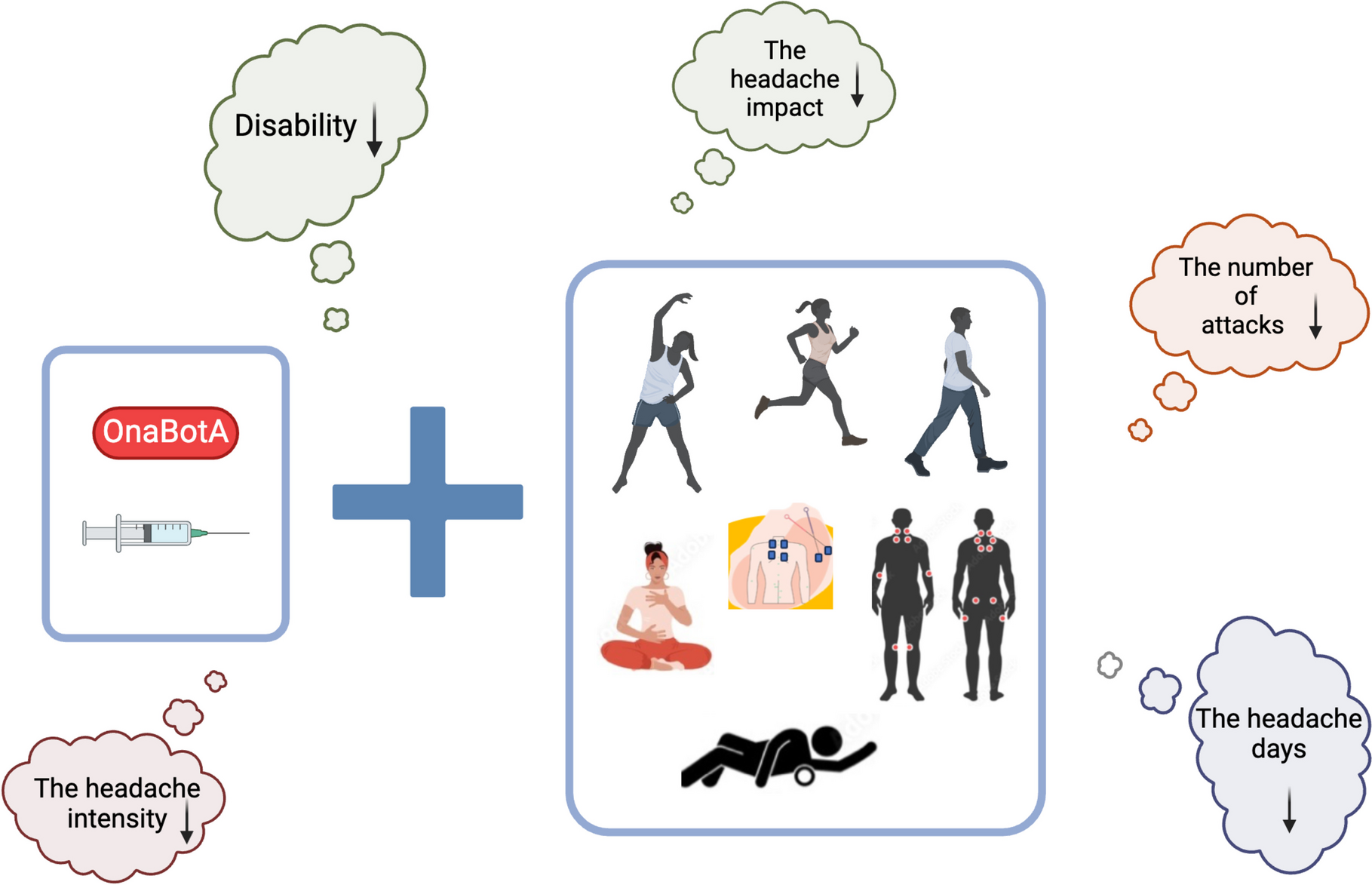Considering Patients' Perspectives and Expectations for OnabotulinumtoxinA Treatment and Physiotherapy and Rehabilitation Treatments in Chronic Migraine Patients
Published in Healthcare & Nursing, General & Internal Medicine, and Pharmacy & Pharmacology
OnabotulinumtoxinA and Chronic Migraine
OnabotulinumtoxinA (OnaBotA) is administered to targeted head and neck muscle areas every three months to treat chronic migraine. It offers benefits such as reducing the number of headache days, frequency of attacks, headache intensity, disability, and improving quality of life (QoL). In addition to its limited effect duration of 3–4 months and the fact that OnaBotA treatment may not be covered by health insurance in hospitals, holistic complementary approaches are also recommended to prevent possible side effects from OnaBotA, reduce patients' dependence on medical treatments, support treatment compliance, and actively involve patients in migraine management.
So What Are Physiotherapy and Rehabilitation Treatments, Which Are Holistic Complementary Approaches?
Physiotherapy and rehabilitation treatments (PRT), exercises, hot-cold applications, electrical stimulation, massages and mobilizations, manipulations, and manual treatments such as osteopathy, which are the basic components of holistic complementary approaches, have minimal side effects and actively involve patients in the treatment processes.
Possible Benefits of OnabotulinumtoxinA and Physiotherapy and Rehabilitation Treatments When Applied Together
Considering the areas where OnaBotA is applied, strengthening the muscles in the head and neck, stretching the tissues to reduce stiffness, and improving cervical posture may increase the effectiveness of the treatment. Exercises, manual therapy and soft tissue release methods can provide varying degrees of PRT in the treatment of CM. In addition to OnaBotA application, which requires a repeat after 3–4 months, providing PRT applications that can show benefits over 3–4 months may lead to long-term improvements.
These treatments are reported to be applied less frequently in clinical migraine care, which may lead to healthcare professionals rarely prescribing PRT to patients. In some cases, patients may not have access to a physiotherapy and rehabilitation clinic dedicated to migraine in their hospital or city, potentially limiting their awareness of PRT options. Therefore, it is also important to consider patients' opinions regarding these treatments. In this study, we aimed to explore CM patients' perspectives and expectations regarding PRT combined with OnaBotA. Understanding these perspectives will help plan and implement evidence-based physiotherapy and rehabilitation strategies.
What did we find?
- PRT was recommended for 41.8% of the patients who received OnaBotA, compared to 18.9% in the group that did not receive OnaBotA. Neurologists were the primary recommenders for the OnaBotA group (38.2% vs. 7.5% in the group that did not receive OnaBotA).
- The percentage of patients who received neck stabilization exercises (12.7%) and pilates (12.7%) was higher in the OnaBotA group.
- The percentage of patients who received all expectations regarding PRT was higher in the OnaBotA group (76.4%) than in the group that did not receive OnaBotA (33.8%).
- The improvements in migraine symptoms in patients who received OnaBotA and PRT together were in disability, headache intensity, headache impact, number of attacks, and headache days.
- The responses to the question “How many months of physiotherapy and rehabilitation treatment do you think you need to get better?” were 3.83 ± 1.17 in the OnaBotA group and 3.06 ± 2.64 in the group non-receiving OnaBotA.
- The percentage of those who wanted to receive treatment from physiotherapists specializing in migraine was 96% in the OnaBotA group and 94% in the non-receiving group.
- The percentage of those who had easy access to physiotherapy and rehabilitation treatment was 34% in the OnaBotA group and 30% in the non-receiving group.
- Our findings provide insights into the potential benefits of combining OnaBotA with physiotherapy and rehabilitation in managing CM. Patients receiving OnaBotA may benefit from complementary therapies and may improve their overall treatment experience. Patients appear motivated to increase their awareness and participation in the treatment process.
Notes for Future Studies
- Future research should focus on conducting randomized controlled trials to systematically evaluate the combined effects of OnaBotA and PRT.
- Such studies should include larger sample sizes, standardized intervention protocols, and objective measurements to assess the benefits and limitations of this combined therapeutic approach.
- They should aim to provide robust evidence to guide clinical practice and improve patient outcomes in migraine management.
Follow the Topic
-
SN Comprehensive Clinical Medicine

A broadly based, peer reviewed journal that publishes original research in all disciplines of clinical medicine and their subspecialties, including all aspects of Imaging, Surgical and Medical studies related to diagnosis, treatment and management.
Related Collections
With Collections, you can get published faster and increase your visibility.
Biological age and Frailty
Publishing Model: Hybrid
Deadline: Ongoing
Multimodal Imaging of Neurological Disorders: Advanced Neuroimaging in Clinical Practice
Publishing Model: Hybrid
Deadline: Ongoing




Please sign in or register for FREE
If you are a registered user on Research Communities by Springer Nature, please sign in